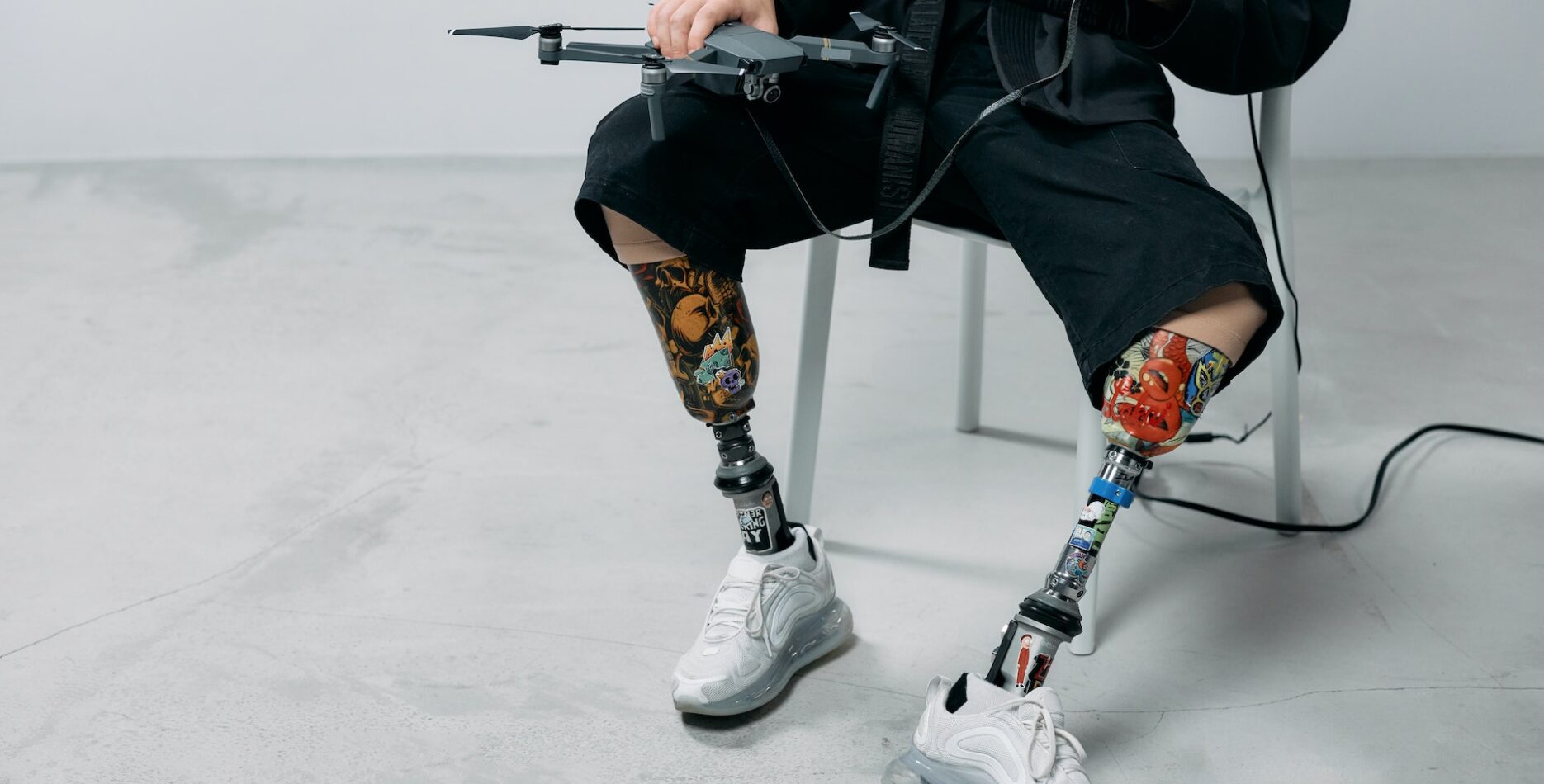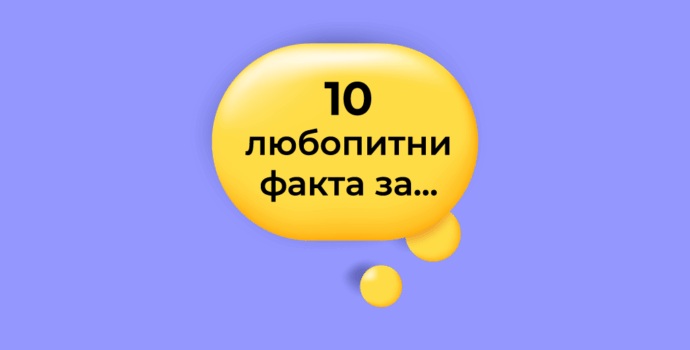There are few who have not heard the term “patent”It is so widespread that it is often even used incorrectly.
However, the patent protects only inventions, and not as it is often used colloquially in connection with the protection of other intellectual property objects, such as trademarks or copyright.
Inventions, on the other hand, are unique and innovative solutions to existing technological problems. The first association might be machines and devices, but these solutions can also be processes, formulas, algorithms, medications, and more.
A patent is actually the legal protection for an invention, which is certified by the relevant office, for a certain period of time. Yes, patents are not infinite, as their validity period is usually 20 years, which starts not from the date of grant of the patent, but from the date of filing of the application for registration. However, some jurisdictions also allow an extension of the term for a maximum 5 years for specific regulated products in the fields of pharmacy and plant protection.
By obtaining a patent, the owner of the patent obtains an exclusive right to the invention. This means that once the patent is successfully obtained, the owner can restrict the use of the protected invention by third parties (physical and legal). However, it is normal for the owner of the patent to want monetizing your work and needs help from “external” parties. Then he has the option to grant the right to exploit the invention by concluding a licensing agreement. Depending on the strategy and needs of his business, the patent holder can grant an exclusive, non-exclusive, full or limited license, such as license agreements must be registered in order to have effect against third parties.
However, not every invention is eligible for a patent. Successful registration is not an easy task, as the invention must meet the three cumulative requirements, as well as to be described and presented to the patent office in a specific manner.
First, it must be newThis may sound like an easy step to follow, but novelty here means that the invention has not been disclosed or known to the public in any form by the filing date of the application for registration (or by the priority date, if one is claimed). That is, the invention should not be part of the prior art.
Second, the invention must possess inventive stepTo be considered to have met this requirement, according to Bulgarian legislation, the invention must “not be obvious from the state of the art .. to a person skilled in the art”. In other words, the invention must not be obvious to a person skilled in the art given the current state of the art. In order to assess this “step”, sources of prior art should be examined, depending on the field of applicability.
Third, the invention should have industrial applicability. This means that it can be produced or reused in any branch of industry and agriculture. This requirement is important because the invention should go beyond purely theoretical ideas, as it must be useful for industrial/agricultural purposes.
In addition to these three requirements, a patentable invention must also comply with certain limitations.
For example, an invention cannot be patented if its use would infringe “public order” (public order) or good morals. Examples of such unpatentable inventions are methods for cloning humans or altering genetic identity, the use of human embryos for commercial purposes, processes for modifying the genetic identity of animals that may cause suffering to animals without substantial medical benefit to the animals or humans, and others.
Plant varieties and animal breeds also fall under the exceptions to patentability, as do biological processes for the creation of plants or animals. Methods of treating humans or animals by therapy or surgery, as well as diagnostic methods applied to the human/animal body, are also not subject to patent protection.
The situation with software is interesting, as computer programs often fall under the heading of “inventions excluded from patentability”, but some of them can actually receive patent protection. According to European Patent Office (EPO), computer programs that, when run on a computer, produce a specific technical effect that goes beyond the simple physical interaction between the software (program) and the hardware (computer) can be patented.
If you have an idea for software or an app and are wondering if you can register a patent, it can be done. contact us and we will investigate your case!
For all inquiries regarding patents or other intellectual property objects you can write to us here.





